Archives
- 2018-07
- 2018-10
- 2018-11
- 2019-04
- 2019-05
- 2019-06
- 2019-07
- 2019-08
- 2019-09
- 2019-10
- 2019-11
- 2019-12
- 2020-01
- 2020-02
- 2020-03
- 2020-04
- 2020-05
- 2020-06
- 2020-07
- 2020-08
- 2020-09
- 2020-10
- 2020-11
- 2020-12
- 2021-01
- 2021-02
- 2021-03
- 2021-04
- 2021-05
- 2021-06
- 2021-07
- 2021-08
- 2021-09
- 2021-10
- 2021-11
- 2021-12
- 2022-01
- 2022-02
- 2022-03
- 2022-04
- 2022-05
- 2022-06
- 2022-07
- 2022-08
- 2022-09
- 2022-10
- 2022-11
- 2022-12
- 2023-01
- 2023-02
- 2023-03
- 2023-04
- 2023-05
- 2023-06
- 2023-08
- 2023-09
- 2023-10
- 2023-11
- 2023-12
- 2024-01
- 2024-02
- 2024-03
- 2024-04
- 2024-05
- 2024-06
- 2024-07
- 2024-08
- 2024-09
- 2024-10
- 2024-11
- 2024-12
- 2025-01
- 2025-02
- 2025-03
- 2025-04
-
br Materials and methods br Results br Discussion GPR
2022-05-13
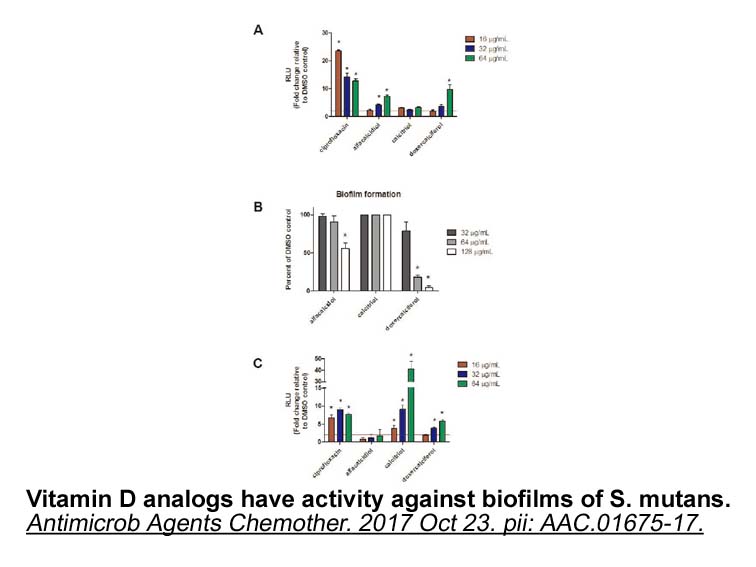
Materials and methods Results Discussion GPR35 expression has been identified within discrete regions of the nervous system, including the spinal cord [[43], [44], [45], [46], [47], [48]]. Importantly, GPR35 is expressed not only in neurons but also in spinal glial cells [43]. Unfortunately
-
br Concluding remarks Several orphan GPCRs have expression p
2022-05-13
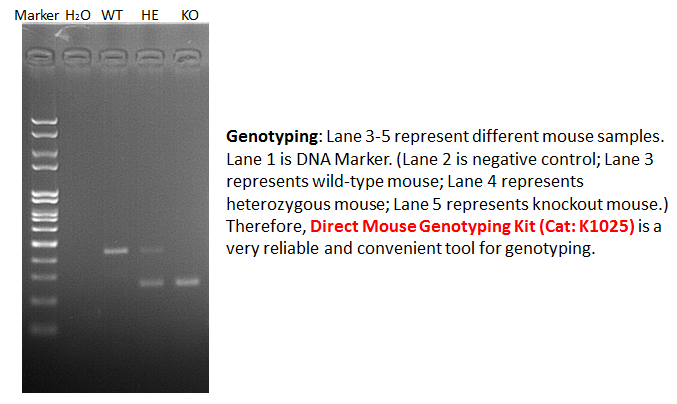
Concluding remarks Several orphan GPCRs have expression profiles that indicate they are worthy of consideration as therapeutic targets. This view can be supported via various transgenic techniques, and it would be interesting to have wide-ranging phenotypic information on GPR35 knockout mice. Bas
-
Autophagy as an important cellular process
2022-05-13
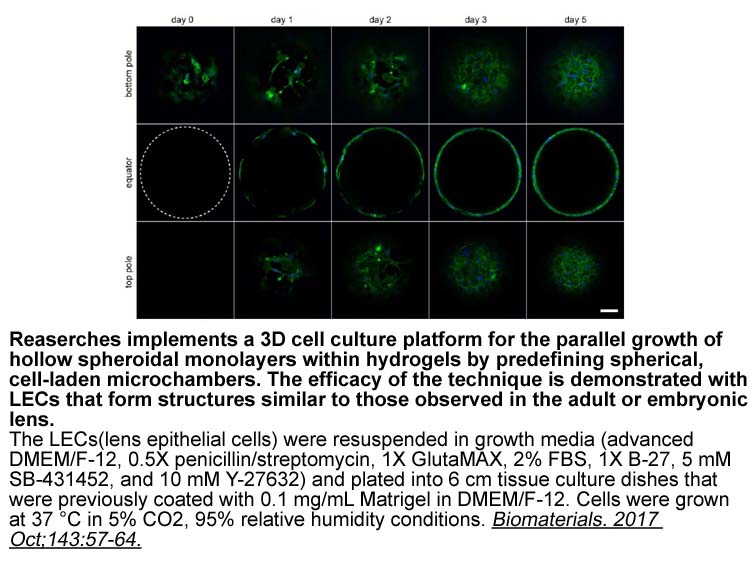
Autophagy as an important cellular process has drawn attentions to its role in cardiovascular systems [16]. Autophagy is a self-digestion and degradation process that recycles the contents of the cytosol, including macromolecules and cellular organelles, resulting in self-repair and conservation for
-
Reports of hyperlocomotion after administration of ALX
2022-05-13
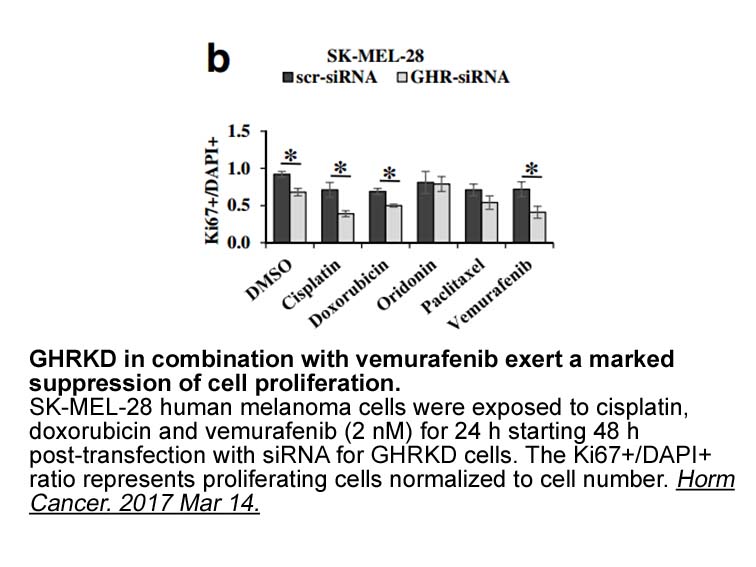
Reports of hyperlocomotion after administration of ALX-5407 [27] coupled with the lack of hyperlocomotion after administration of SSR504734, a non-sarcosine, long-residence time, competitive inhibitor [19], suggested that the GlyT1 inhibitor chemotype may impact OP. Furthermore, a compound with a co
-
Another group of secreted proteins that determine the virule
2022-05-13
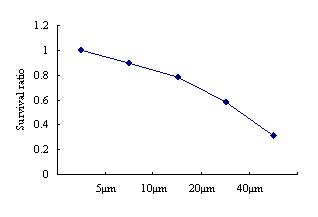
Another group of secreted proteins that determine the virulence of V. dahliae are effectors and microbe associated molecular patterns (MAMP) that regulate plant immunity [10]. So far, there is only one Spectinomycin hydrochloride hydrate gene Ave1 cloned in V. dahliae, yet it does not exist in race
-
br Materials and methods br Results br Conclusions We develo
2022-05-13
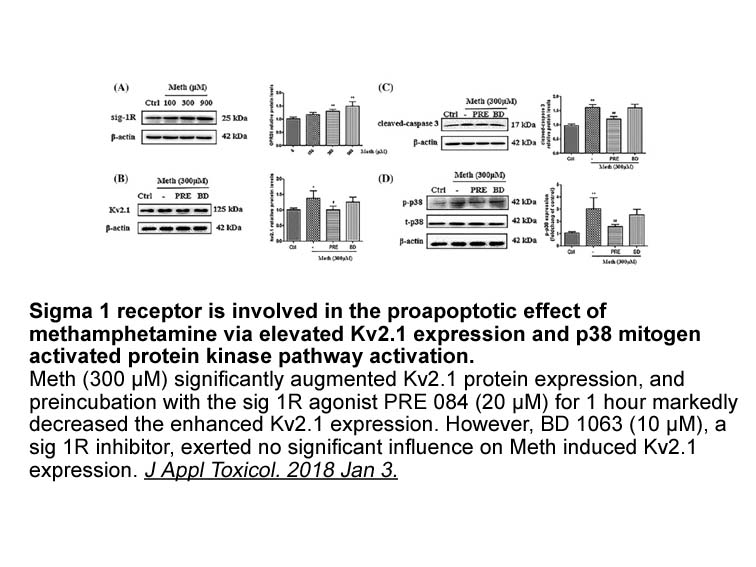
Materials and methods Results Conclusions We developed a glutamate biosensor with chitosan as a matrix for the immobilization of the enzyme glutamate oxidase on the surface of a platinum electrode. Our miniaturized biosensor of 50 µm in diameter can be applied for monitoring glutamate in vi
-
Phylogenetic trees of receptors for peptides similar to
2022-05-13
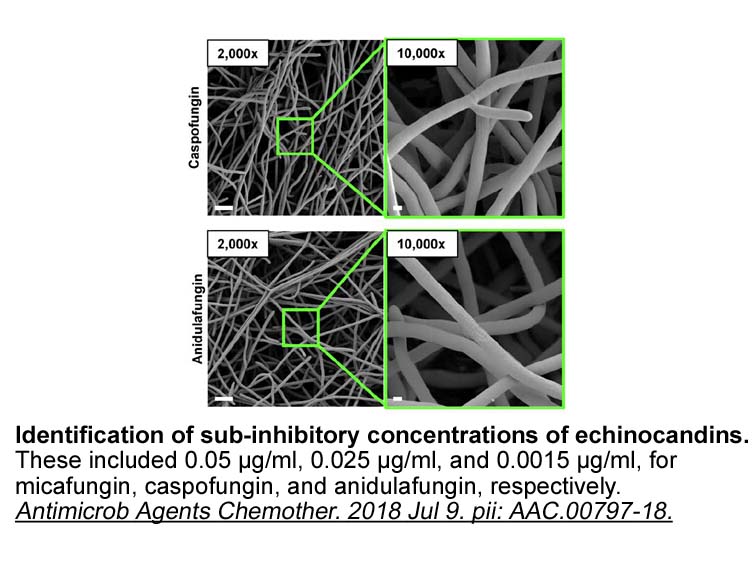
Phylogenetic trees of receptors for peptides similar to glucagon from diverse vertebrate species typically are similar to the tree presented in Fig. 3 (Sivarajah et al., 2001, Chow et al., 2004, Irwin and Wong, 2005, Cardoso et al., 2005, Cardoso et al., 2006, Ng et al., 2010, Park et al., 2013, Hwa
-
It is generally considered that elevated blood glucose due t
2022-05-13
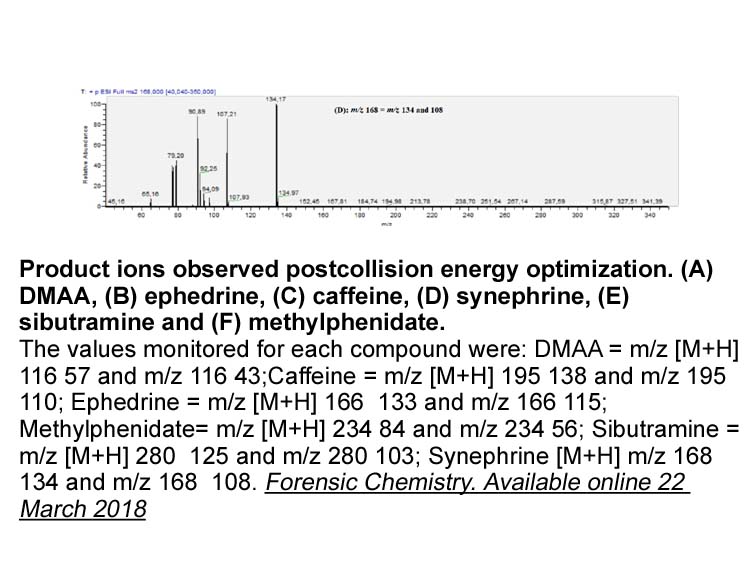
It is generally considered that elevated blood glucose due to insulin resistance is an important factor in islet compensation to high fat feeding [27]. However, we have shown recently that insulin resistance induced in mice by hydrocortisone injection provokes significant islet Vidofludimus in the
-
Fig a and b illustrates a slow inhibition
2022-05-13
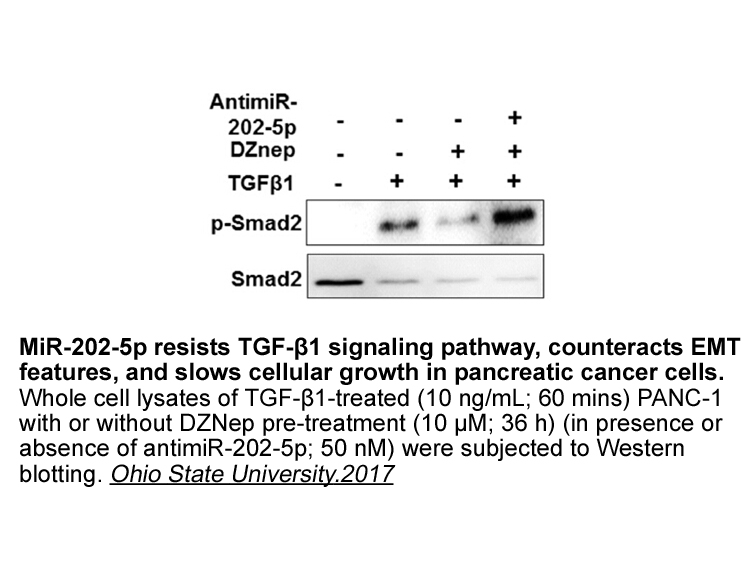
Fig. 3a and b illustrates a slow inhibition by PMA in 2 μM Ca2+. Moreover, channel inhibition was reversed by addition of PKC19–31, a peptide inhibitor specific for PKC, as shown in Fig. 3c. In three experiments, Im was reduced to 14.5±0.6% of the control value by PMA to increase to 207.6±73.6% by a
-
Acute lung injury is present in
2022-05-12
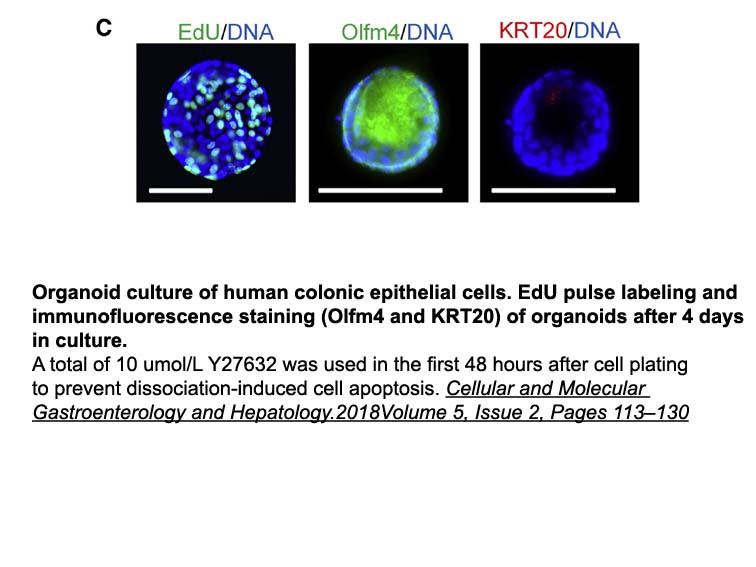
Acute lung injury is present in sepsis and SIRS and is associated with increased pulmonary levels of proinflammatory cytokines and neutrophil extravasation into the alveolar space [19], [24]. Hauser et al. [25] observed that fragmented mitochondria induced pulmonary inflammation via neutrophil activ
-
Liver and muscle isozymes have been found
2022-05-12
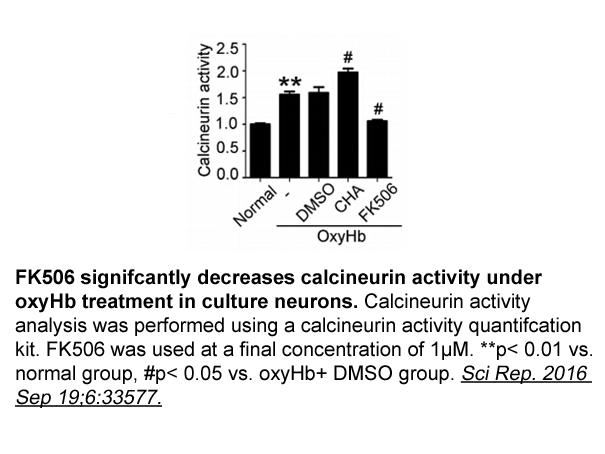
Liver and muscle isozymes have been found in vertebrate tissues [2], [5], [6]. The liver FBPase is recognized as a regulatory enzyme of gluconeogenesis. The muscle isozyme participates in the glycogen synthesis from lactate and in the regulation of glycolysis [7], [8], [9]. The basic difference betw
-
In cardiomyocytes mechanical stress builds up via FAs and
2022-05-12
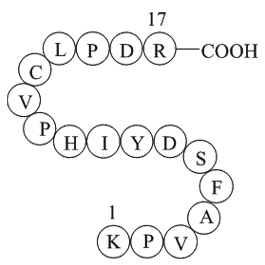
In cardiomyocytes mechanical stress builds up via FAs and the related costamere structures, and excessive stress can cause cardiac hypertrophy. Cardoso et al. (2016) report a comprehensive study that demonstrates the link between stress-induced FAK activation and a FAK-mediated initiation of a trans
-
br Results br Discussion In this study
2022-05-12
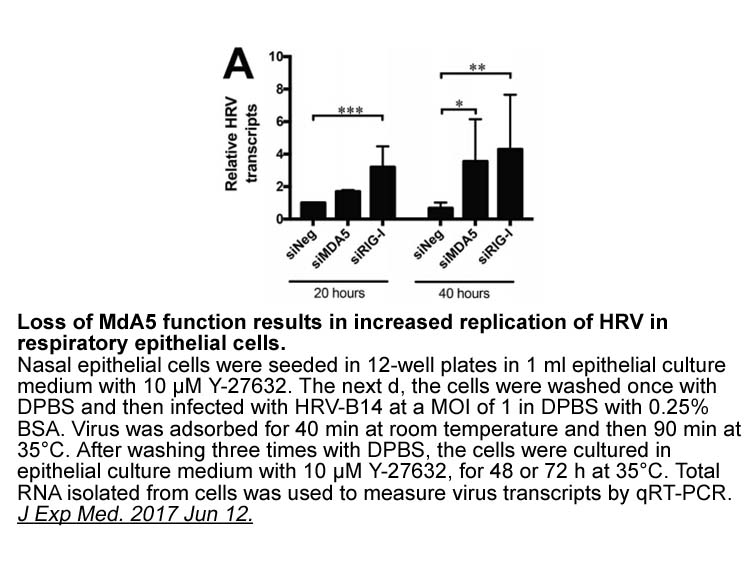
Results Discussion In this study, six new T30695 variants were synthesized with the acyclic R or S glycerol linker instead of hedgehog signaling unit at 4, 8 or 12 T residue. Based on our previous studies on TBA-GQ, this type of modification should provoke local changes in GQ conformations in
-
Introduction Human immunodeficiency virus HIV persue to be a
2022-05-12
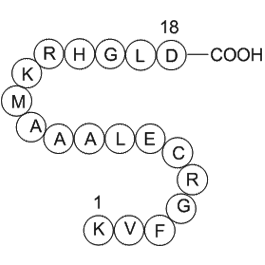
Introduction Human immunodeficiency CMK (HIV) persue to be a major global public health problem (Joint United Nations Programme on HIV/AIDS, 2018). Globally, 36.9 million (range, 31.1 million–43.9 million) people were living with HIV in 2017 (UNAIDS, 2018a). The burden of the epidemic varies consi
-
In C elegans KDM A appears to
2022-05-12
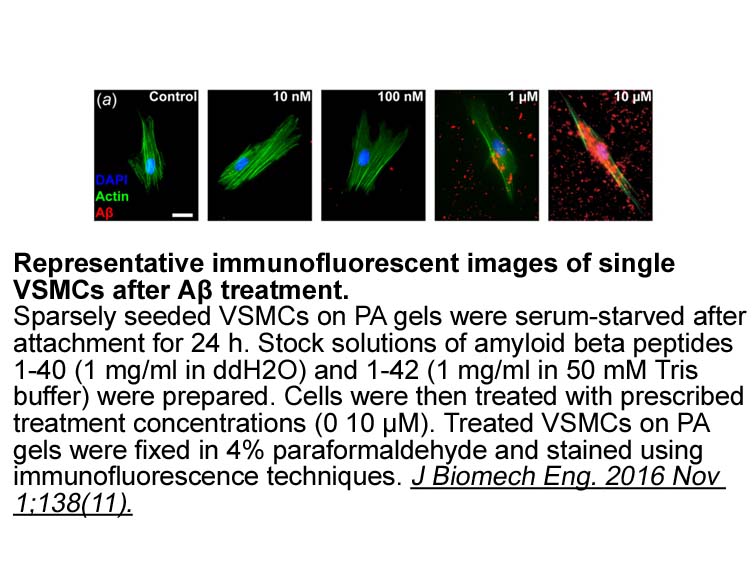
In C. elegans, KDM4A appears to be involved in H3K36me3 reduction on the X chromosome, suggesting that this protein has a relevant role in germ cell development (Figure 2A) (47). In addition, in HeLa cells, KDM4A is associated with the repression of the achaete-scute complex homologue 2 (ASCL2) gene
15883 records 433/1059 page Previous Next First page 上5页 431432433434435 下5页 Last page